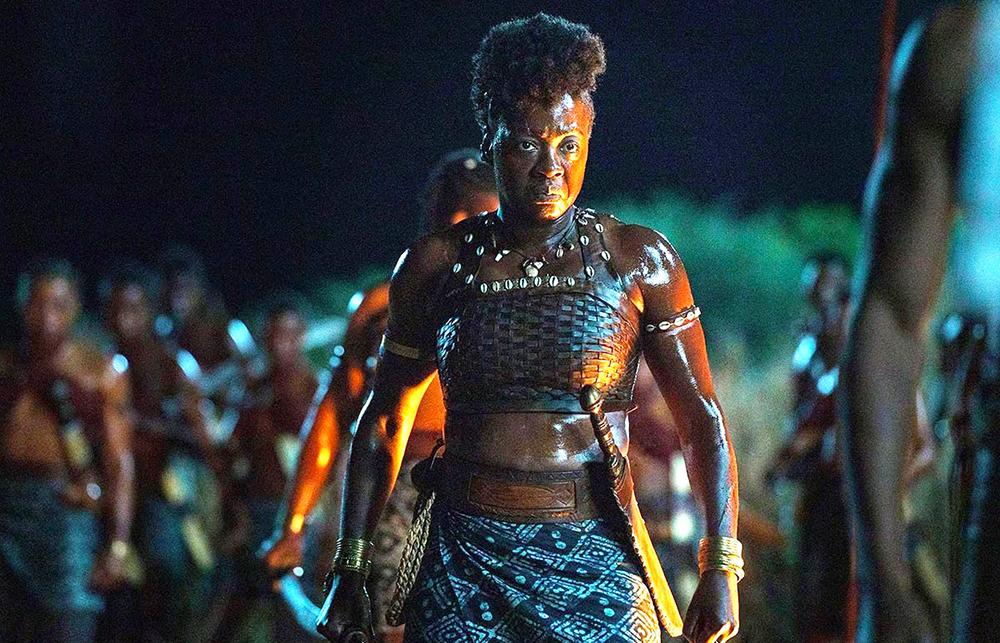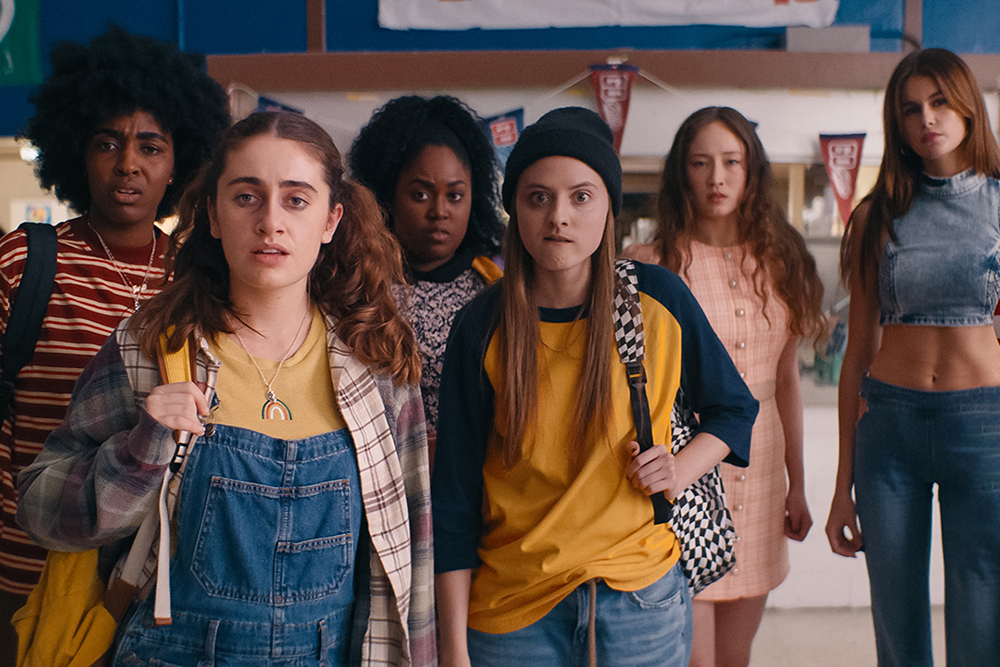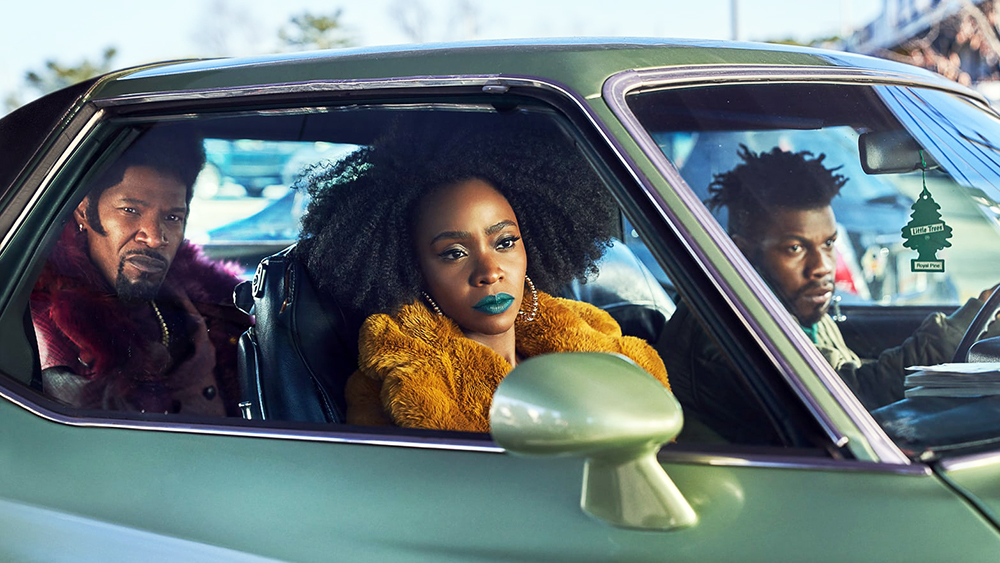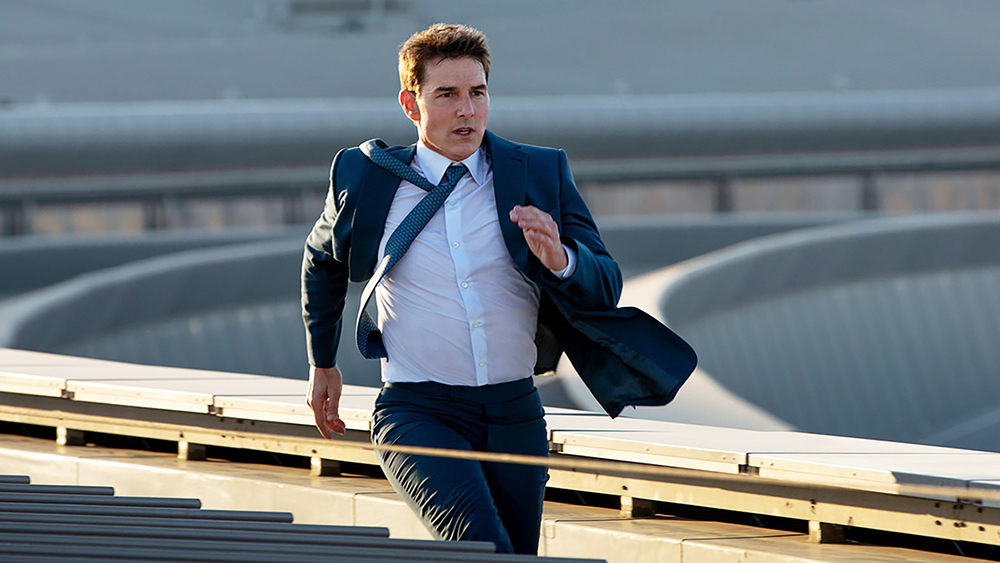The 1970s were the decade where horror came of age. William Friedkin (RIP) made the genre respectable with The Exorcist, Dario Argento brought it to the art house with Suspiria, and John Carpenter revolutionized it with Halloween. But one of the most frightening single scenes of the decade was from Steven Spielberg in Close Encounters of the Third Kind.
Spielberg can do anything, of course, but I have long thought that he is a horror director at heart. In Close Encounters, single mom Jillian (Melinda Dillon) is in bed with the flu in her rural Indiana farmhouse when she notices one of her son Barry’s (Cary Guffey) toys moving by itself. Barry is in the kitchen, where he meets something — we only see his reactions, and the spilt milk that the unseen visitor dropped from the fridge. By the time Jillian makes it downstairs, Barry is chasing his new “friend” outside, where an ominous cloud formation overhead adds to the tense atmosphere. Jillian manages to get her son inside, but the alien visitors, represented by blinding klieg lights, will not be deterred. They try various points of entry, like the chimney, with Barry cheering them on. “Come in through the door!”
The scene’s climax comes when the aliens slowly unscrew the HVAC vent covers, a moment writer/director Brian Duffield emulates in his new alien invasion flick No One Will Save You. In place of the Melinda Dillon (who was nominated for Best Supporting Actress for CE3K) is Kaitlyn Dever as Brynn, who lives alone in her rural farmhouse, surrounded by her crafts and pictures of her deceased parents and BFF Maude (Dari Lynn Griffin).
One of the things Spielberg understands is how much horror depends on great sound design. In the recent hit A Quiet Place, the sound design takes center stage because the invading aliens are blind, so everyone has to be real quiet all the time. In No One Will Save You, it’s quiet because no one in Brynn’s small town will talk to her, because they hate her, for reasons that the story slowly reveals. There are only about five words of dialogue spoken in the film’s 93 minutes, which makes A Quiet Place seem positively chatty by comparison. Sound designer James Miller fills the space with spooky creaks, far-off groaning, and unintelligible murmurs.

Brynn seems lonely and sad, but fairly resigned to her fate as the town pariah, as long as she is left alone to run her Etsy business selling handmade birdhouses. One morning, on her way to the post office, she notices a burned ring in her yard. That night, she gets her first visitor. Duffield uses deep staging and sleight of hand to avoid revealing his antagonists as long as possible. The aliens appear in bokeh or obscured by lens flares — until they’re right up in Brynn’s face, probing her mind.
Doing No One Will Save You as a semi-silent film is operating with the difficulty setting on high, and it would not work without an actress as talented and disciplined as Dever. Her endlessly expressive eyes sell Brynn’s resigned despair, her creeping terror, her determination to survive, and, when the alien’s mind probe takes her back to the traumatic incident that made her an outcast, her searing regret.
Like all good horror films, No One Will Save You plays with your existing fears by mapping them onto some external threat. In this case, it’s fear of the dark, fear of the unknown, social anxiety, and, as University of Memphis film professor Marina Levina is fond of saying, “all horror is body horror.”
The list of Duffield’s influence — Invasion of the Body Snatchers, Under The Skin, Close Encounters, Poltergeist — is solid, but the real test of an artist is how well they synthesize and transcend their influences. The synergy between director and actor elevates No One Will Save You to something greater than the sum of its parts.
No One Will Save You is now streaming on Hulu.











